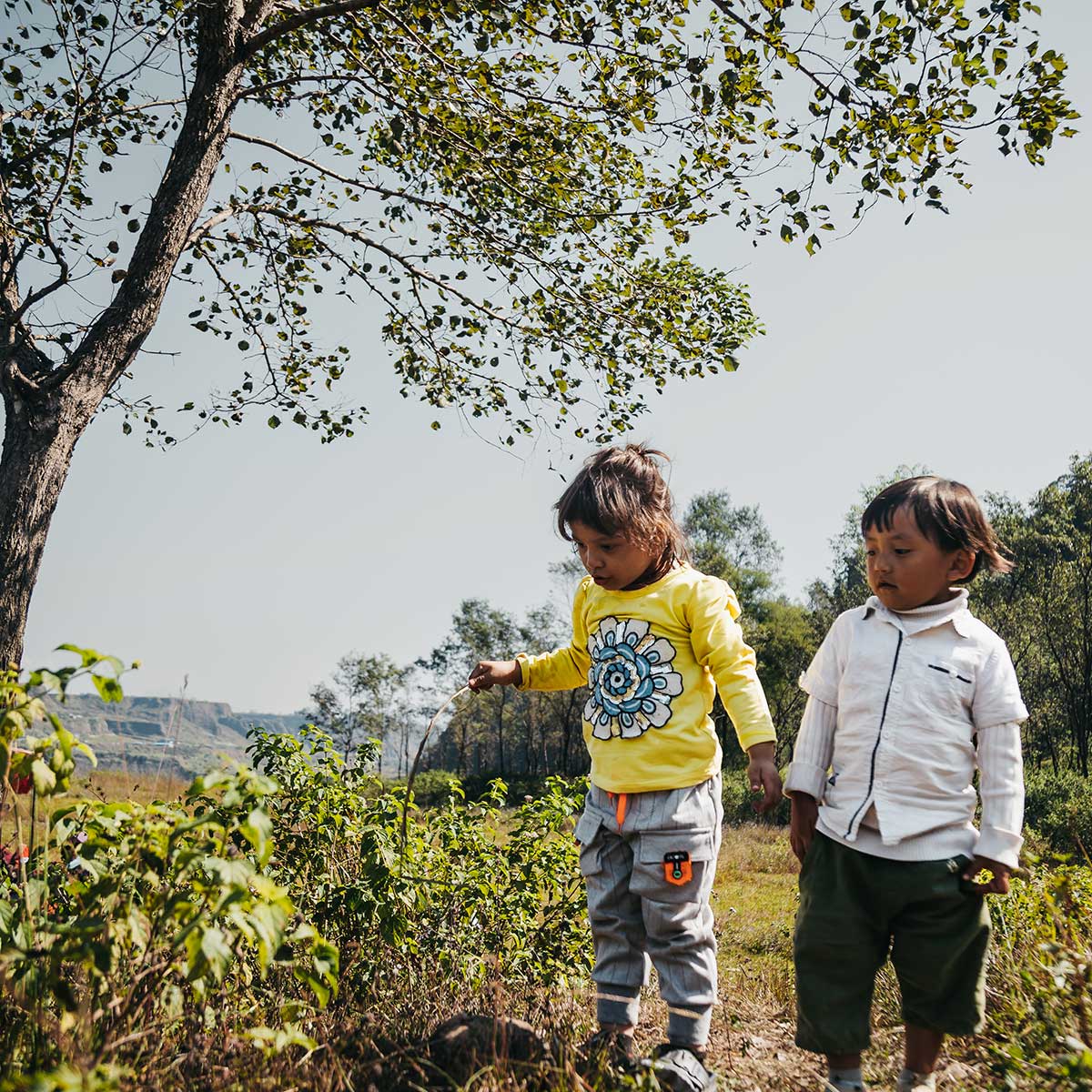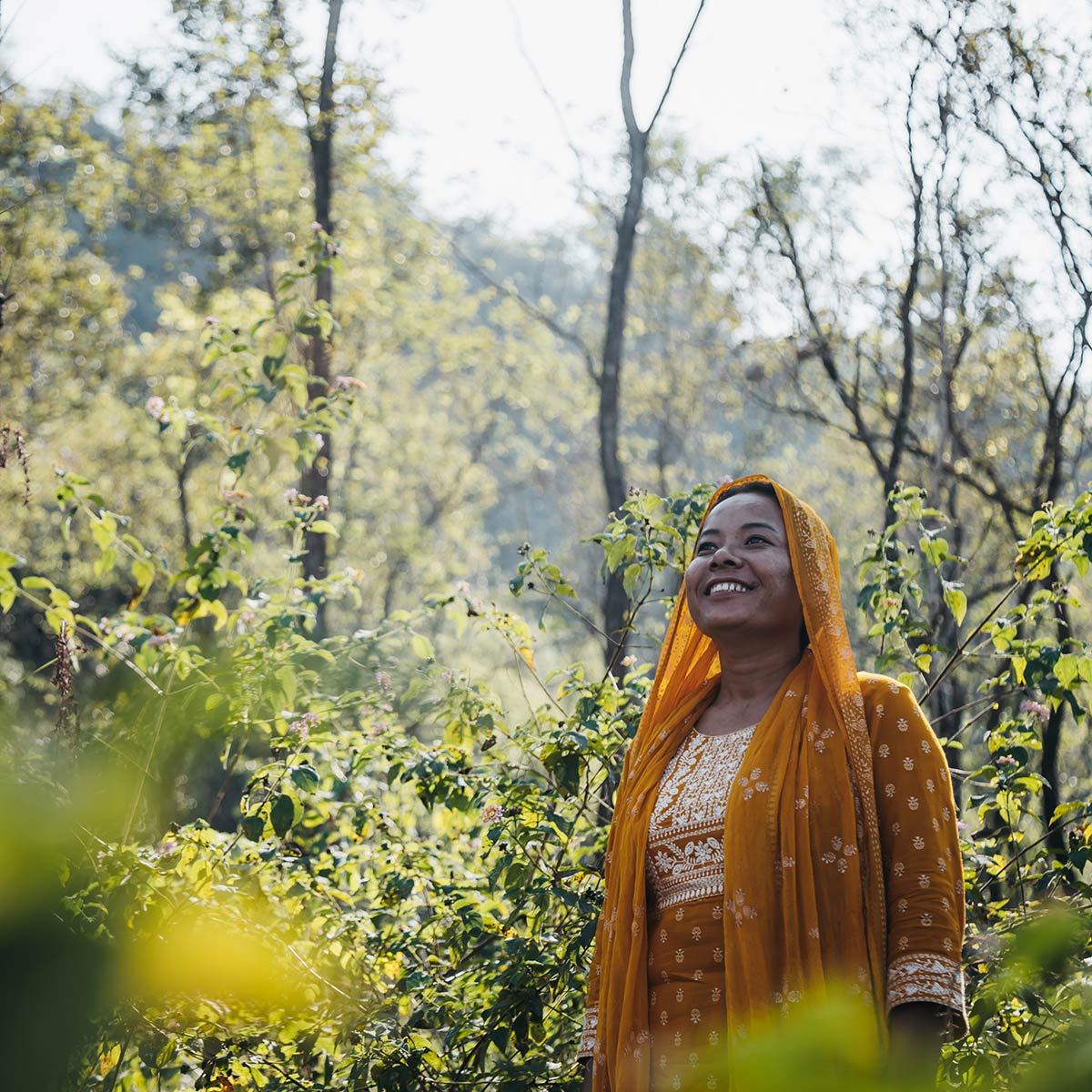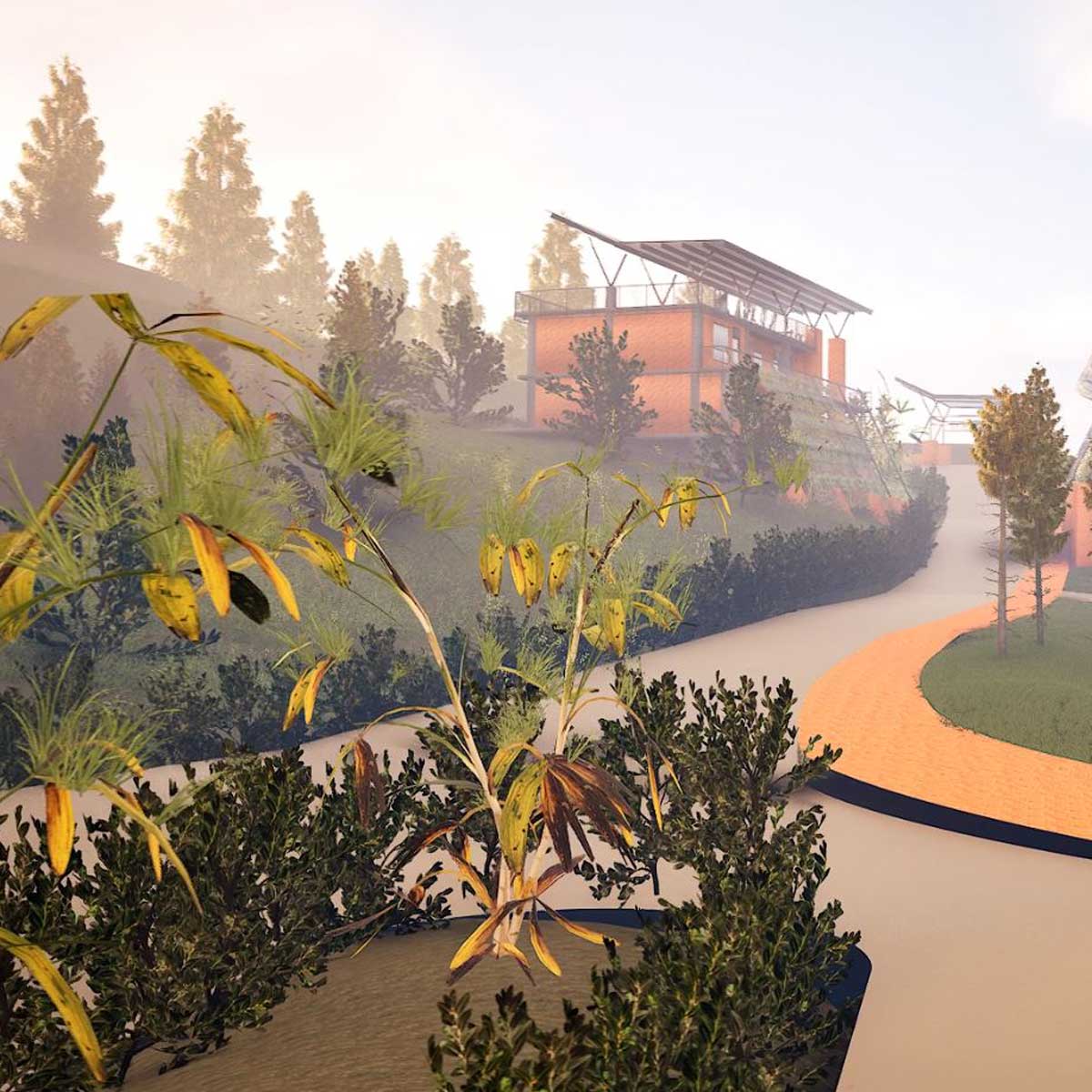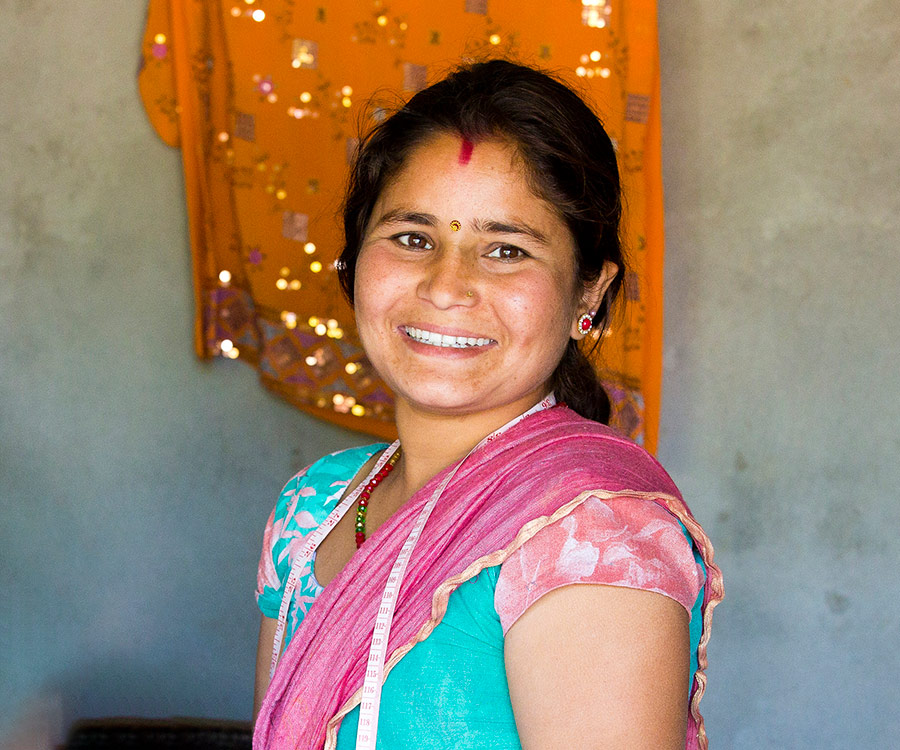Build a sustainable home for trafficked women and children.
Sustainability
Give freedom to women and children by helping us build low maintenance, sustainable and earthquake-proof homes.
Only 11%
of Nepali school buildings
are earthquake-resistant
80%
of the population is at risk from natural
and climate-induced hazards
10th
most climate affected
country in the world
Help 3 Angels Nepal become self-sufficient.

- 0%
Sustainability Advocate
$5000
As a Sustainability Advocate you will empower 3 Angels Nepal to remove roadblocks to achieving their long-term goal of sustainability and self-sufficiency. Your gift will support the sustainability objectives of The Pokhara Project and give trafficked and at-risk women and children a secure future.

- 0%
Passive Solar Patron
$25,000
As a Passive Solar Patron you will empower 3 Angels Nepal with the tools to achieve their long-term goal of sustainability and self-sufficiency. Your gift will support The Pokhara Project’s passive solar design to harness the sun’s energy for heating and cooling living spaces, radically reducing energy costs.

- 0%
Sustainability
$1.1 million
Fully funding Sustainability means giving 3 Angels Nepal the tools they need to achieve their long-term goal of sustainability and self-sufficiency. Your gift will be directed toward constructing new sustainable facilities that will ensure our field partner’s resilience to natural disasters and positively impact trafficking survivors for decades to come.

- 20%
Landscaping for Stage 1 Construction
$200,000 [$250,000]
By fully funding Landscaping for Stage 1 Construction, you will provide crucial vegetative infrastructure. Your gift will be directed towards installing plants and vegetation in the first stage of construction that will support passive solar design and provide a pleasant environment for trafficked women and children.

“Not only am I learning and earning, but I’m also teaching others, and helping to make the whole community self-sustaining.”
Geeta opened a tailoring shop after she was rescued from human trafficking by 3 Angels Nepal. She is now a self-sufficient business owner helping other vulnerable women in her community.

Download our sustainability booklet
To learn more about the issues women and children face in Nepal and what the new sustainable facilities will include, read our Sustainability booklet here.
Give the gift of a sustainable future today.
Thank you! Your generosity today will ensure a sustainable future for trafficked women and children, a future where they can begin to rebuild their lives. All Australian donations are fully tax deductible—and 100% will go directly to the field.
Give Freedom’s program focus is infrastructure and capacity-building work, known as The Pokhara Project, in partnership with 3 Angels Nepal. While all proposals reflect the final intent for the Pokhara Project, the changing needs of our Field Partner, the budget available and the complex nature of international development projects mean adaptations to the Pokhara Project may need to be made from time to time to achieve the best outcomes for our Field Partner, 3 Angels Nepal, at any given time. Give Freedom International reserves the right to make adaptations to the Pokhara Project to respond to these needs from time to time.
Read full disclaimer.
While every endeavour is made to ensure price points accurately reflect program costs, fluctuations in exchange rates, cost of building materials and unforeseen global events may impact the financial cost of implementation. Therefore, all funds raised will be pooled to cover The Pokhara Project development as a whole.
Please note that a limited proportion of these funds may be directed to disaster relief and other emergency support for our Field Partner prior to the completion of their new facilities. We guarantee that 100% of your gift goes to the field.
Frequently Asked Questions
Hidden
Who has designed The Pokhara Project?
The design of The Pokhara Project has been a collaboration between Nepal-based company John Sanday Associates (JSA) and award-winning Australian architect Angus Crowe. John Sanday has had a long-standing involvement with the conservation and repair of Nepal’s traditional and historic architecture as well as seismic engineering and maintenance projects.
Angus first came across JSA when he was living and working in Nepal, and it was here his passion for passive solar design and sustainability was fuelled.
Both architects have worked closely with 3 Angels Nepal, listening to their needs and carefully crafting a sustainable design solution which will give the trafficked women and children a safe place to live long into the future.
How do the passive solar principles work?
Passive solar techniques capitalise on everything that nature provides for free. There will be deciduous vegetated screens to control light and therefore heat into the living spaces and classrooms.
The way the classrooms and living spaces in the women’s safe haven and vulnerable children’s homes have been designed ensures natural cross-ventilation is achieved by scooping prevailing breezes through the spaces. Thermal buoyancy–the tendency of warm air to rise in cooler air–ensures the spaces purge heat at night during the hot monsoon summers.
The building’s thermal mass, which is its ability to absorb, store and release heat, is carefully controlled to be precluded from monsoon sun and exposed to winter sun-penetration.
How are the buildings earthquake resistant?
Earthquakes are one of the Earth’s most destructive forces. For buildings to withstand the horizontal pressures placed on them during a quake, they need to have reinforced foundations made from materials that can resist the stress and vibration of tremors. Materials like steel and wood are able to undergo large deformations and tension and will therefore be used in the foundations of buildings at The Pokhara Project.
Sustainability is one of the seven key international development objectives of The Pokhara Project. This life-changing venture includes a self-funding school, vulnerable children’s homes, a women’s safe haven, community medical centre and vocational training facilities, all designed to bring new life and hope back into the lives of those who were trafficked.
Click here to explore the other international development objectives.
Sustainability is one of the seven key international development objectives of The Pokhara Project. This life-changing venture includes a self-funding school, vulnerable children’s homes, a women’s safe haven, community medical centre and vocational training facilities, all designed to bring new life and hope back into the lives of those who were trafficked.
Click here to explore the other international development objectives.






